Happy Waitangi Day Feb 5, 21:21
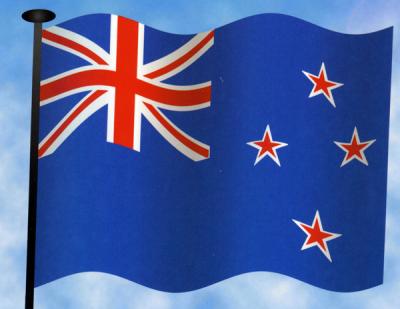
Today marks the 167th anniversary of the signing of the Treaty of Waitangi, New Zealand's founding document, in 1840. Happy Waitangi Day to all of Kiwi colleagues, families and friends.
History | by TFE

History | by TFE
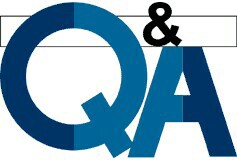 This week we have been helping to prepare team brochures and other documentation for the upcoming AC 32 events here in VLC. In the various drafts, the number of British vessels said to have been bested by the schooner America in that fateful race on 22 August 1851 ranged from 4 to 17!
This week we have been helping to prepare team brochures and other documentation for the upcoming AC 32 events here in VLC. In the various drafts, the number of British vessels said to have been bested by the schooner America in that fateful race on 22 August 1851 ranged from 4 to 17!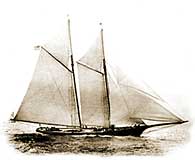 Apparently, then, the other 10 were not timed either because the race committee had stood down sometime after Brilliant finished at 01:20 on the 23rd, or they did not complete the course. Those details, not relevant to the question at hand, seem to have been lost in the fog of passing time.
Apparently, then, the other 10 were not timed either because the race committee had stood down sometime after Brilliant finished at 01:20 on the 23rd, or they did not complete the course. Those details, not relevant to the question at hand, seem to have been lost in the fog of passing time. 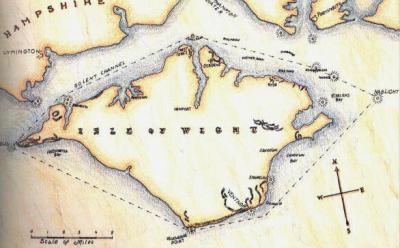
History | by TFE
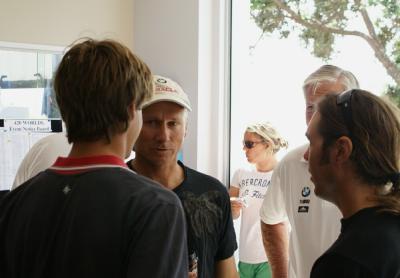
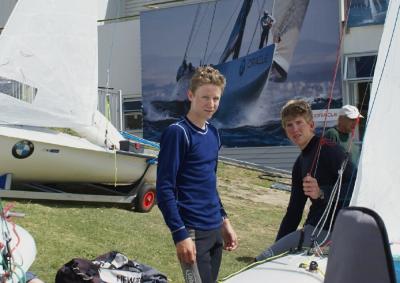
History | by TFE
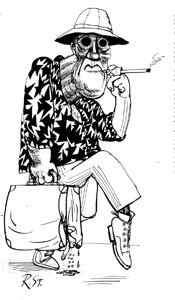 From a review today in the Miami New Times about Ralph Steadman's new book called "The Joke's Over: Bruised Memories: Gonzo, Hunter S. Thompson, and Me" (some title!), which chronicles Steadman's exploits with the late Hunter S. Thompson in the 1970's....
From a review today in the Miami New Times about Ralph Steadman's new book called "The Joke's Over: Bruised Memories: Gonzo, Hunter S. Thompson, and Me" (some title!), which chronicles Steadman's exploits with the late Hunter S. Thompson in the 1970's....History | by TFE
 On 12 September 1886 the NYYC successfully defended the America's Cup for the sixth time ("AC 6") when their yacht Mayflower defeated Britain’s Galatea in the second match of their first-to-win-two series. Mayflower's first win had come five days earlier on 7 September.
On 12 September 1886 the NYYC successfully defended the America's Cup for the sixth time ("AC 6") when their yacht Mayflower defeated Britain’s Galatea in the second match of their first-to-win-two series. Mayflower's first win had come five days earlier on 7 September.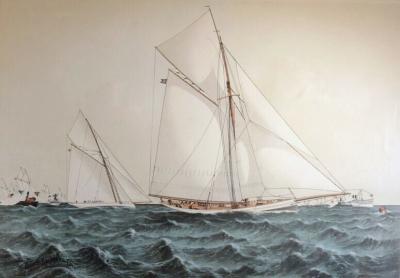
History | by TFE
 It all began on 22 August 1851. The schooner yacht America defeated Aurora and 13 others of the Royal Yacht Squadron fleet in a race around the Isle of Wight off the south coast of England.
It all began on 22 August 1851. The schooner yacht America defeated Aurora and 13 others of the Royal Yacht Squadron fleet in a race around the Isle of Wight off the south coast of England. 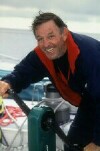 Our longtime friend Bob Fisher (GBR), widely regarded as the dean of the Cup journalists (he wouldn't disagree), is writing an exhaustive book on the Cup's history. Bob said in a recent email:
Our longtime friend Bob Fisher (GBR), widely regarded as the dean of the Cup journalists (he wouldn't disagree), is writing an exhaustive book on the Cup's history. Bob said in a recent email: John Rousmaniere (USA), yachting writer/historian and an esteemed NYYC member, shed further light on all this in a recent email:
John Rousmaniere (USA), yachting writer/historian and an esteemed NYYC member, shed further light on all this in a recent email: 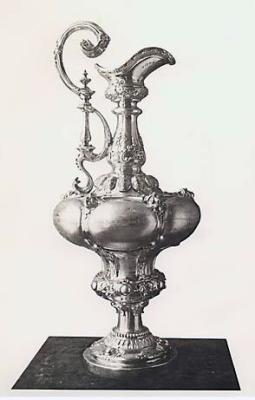
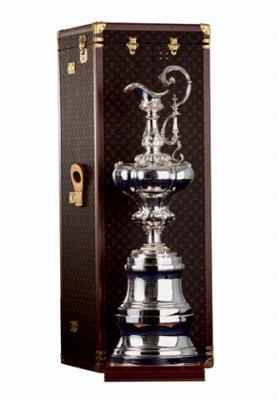
History | by TFE
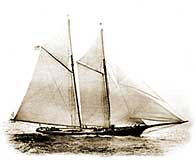 The yacht, not the nation. We see this issue debated in books and articles from time to time. This morning Scuttlebutt (North America) published a letter that is consistent with our understanding of what took place in the final years of the yacht America -- for which, as you will know, the oldest trophy in international sports is named:
The yacht, not the nation. We see this issue debated in books and articles from time to time. This morning Scuttlebutt (North America) published a letter that is consistent with our understanding of what took place in the final years of the yacht America -- for which, as you will know, the oldest trophy in international sports is named: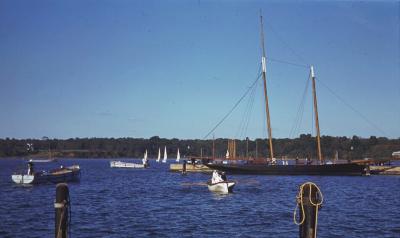 A restored yacht America berthed in the Severn River at Annapolis in this
A restored yacht America berthed in the Severn River at Annapolis in this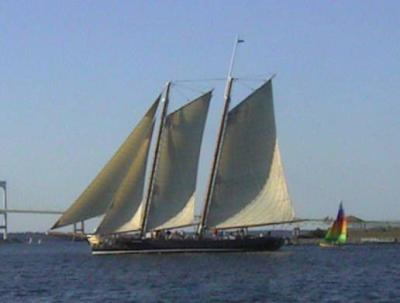 The latest replica of the schooner yacht America, under full sail off
The latest replica of the schooner yacht America, under full sail off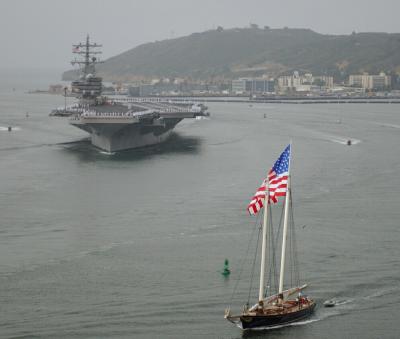 The 1995 replica is now a tourist and corporate charter boat in San
The 1995 replica is now a tourist and corporate charter boat in SanHistory | by TFE
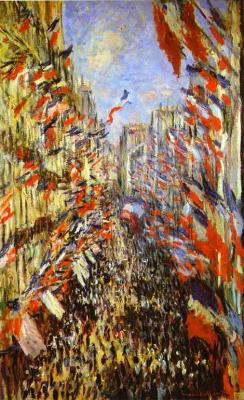 Claude Monet's Rue Montorgueil immortalised
Claude Monet's Rue Montorgueil immortalisedHistory | by TFE
 Crew of the yacht Reliance, the largest sloop ever built. In 1903, at the
Crew of the yacht Reliance, the largest sloop ever built. In 1903, at theHistory | by TFE
 Laurence Brady's biography of Sir Thomas Lipton will be published by Birlinn in 2007. In the meantime, he has penned a piece for The Scotsman, Scotland's national newspaper, that also appears today on their website. Interesting perspective, and historical take, on brand-promotions and the America's Cup:
Laurence Brady's biography of Sir Thomas Lipton will be published by Birlinn in 2007. In the meantime, he has penned a piece for The Scotsman, Scotland's national newspaper, that also appears today on their website. Interesting perspective, and historical take, on brand-promotions and the America's Cup: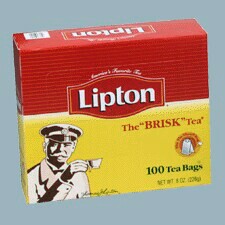 Lipton was ahead of his time in spotting
Lipton was ahead of his time in spottingHistory | by TFE